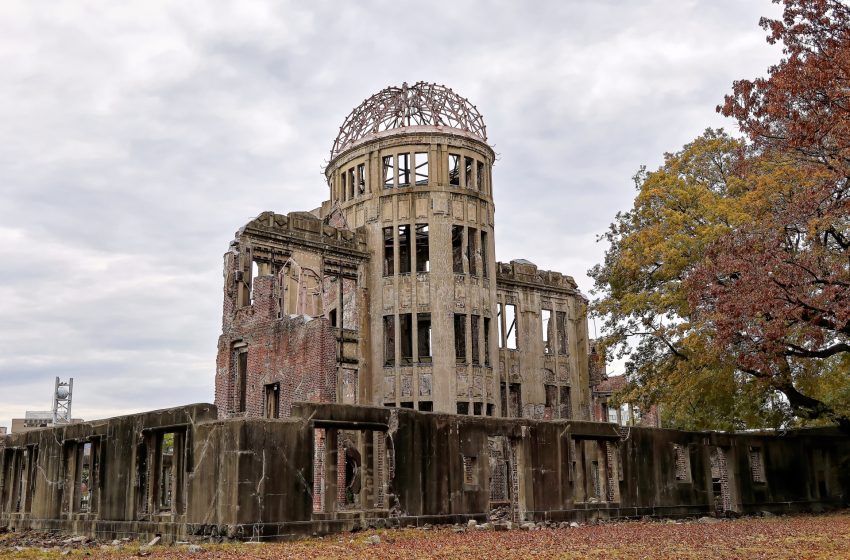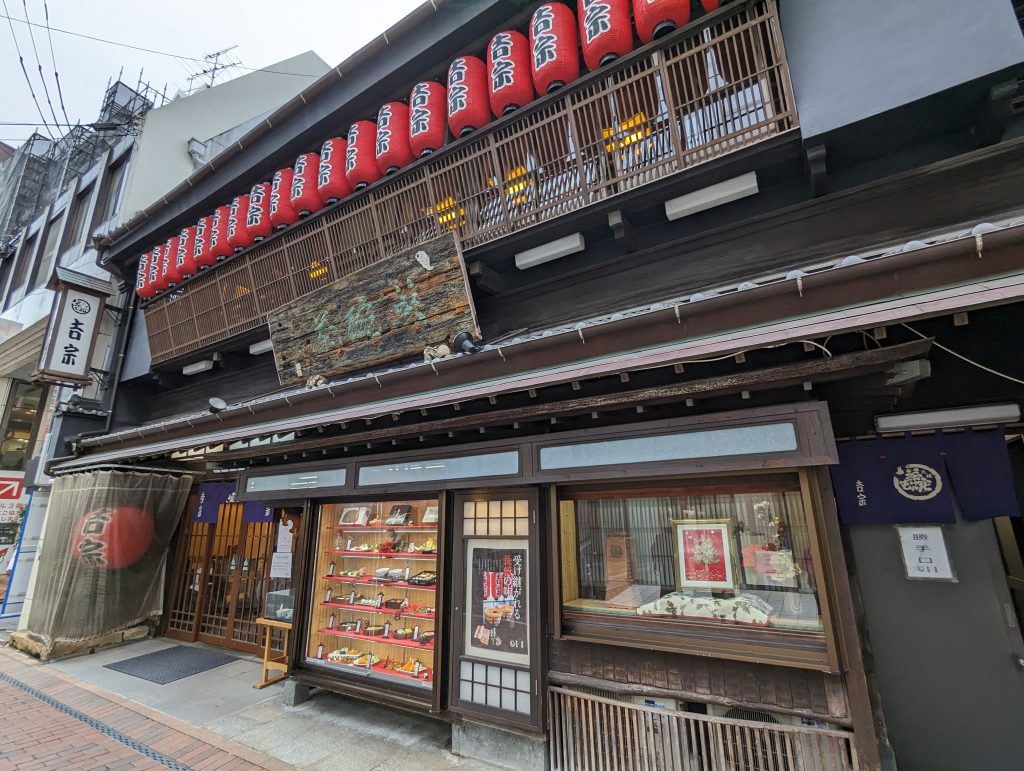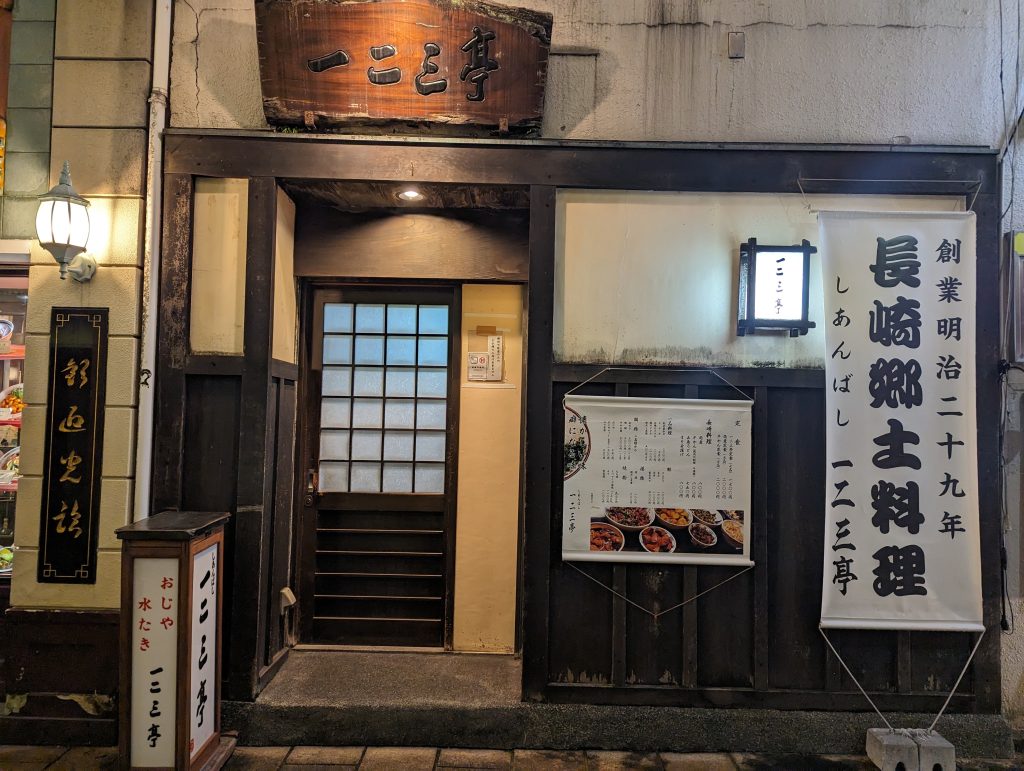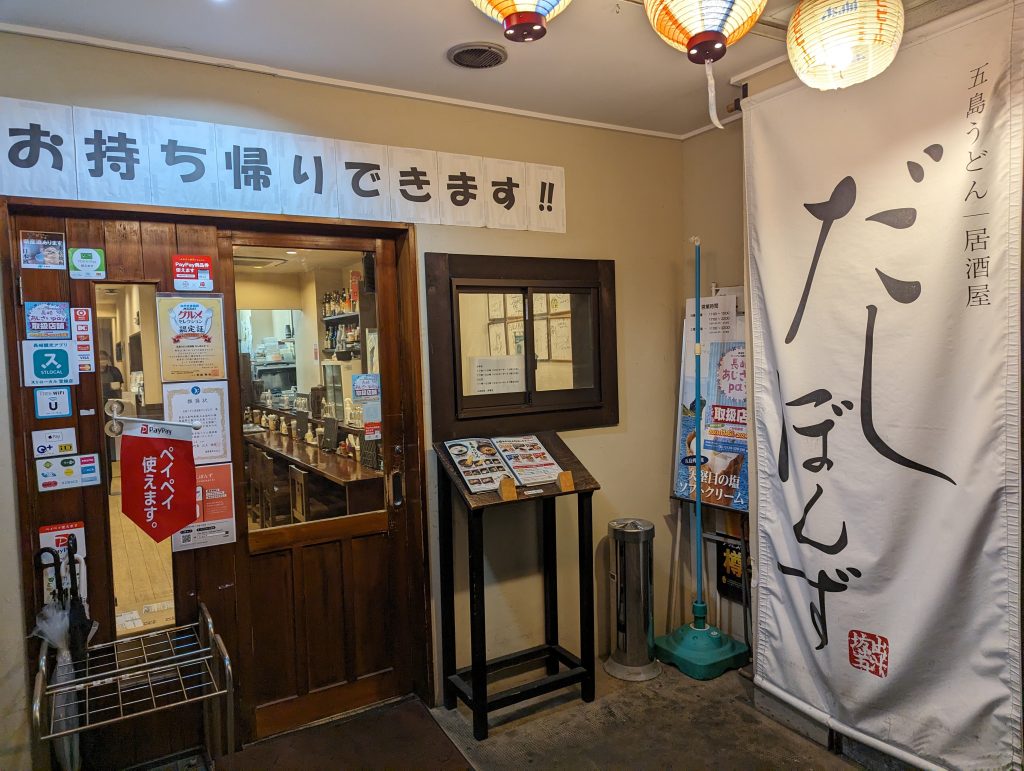
Hiroshima and Nagasaki: Reflecting on the Atomic Heritage
In the annals of history, few events have been as devastating and transformative as the atomic bombings of Hiroshima and Nagasaki by the United States during World War II. These tragic moments not only brought about the end of the war but also ushered in the nuclear age, forever changing the world. Today, both cities stand not only as bustling centers of culture and life but also as poignant reminders of war’s consequences and as advocates for peace and nuclear disarmament.
The Bombings: A Brief Overview
On August 6 and August 9, 1945, the cities of Hiroshima and Nagasaki were destroyed by the first and only use of atomic weapons in war. The immediate impact was catastrophic, and the subsequent radiation exposure continued to affect the regions and their people for years. These bombings resulted in a combined death toll estimated in the hundreds of thousands, forever altering the lives and landscapes of the two cities.
Hiroshima: The City of Peace
Today, Hiroshima is known internationally as a City of Peace, dedicated to advocating for global peace and the elimination of nuclear weapons. When you visit Hiroshima, you can explore several sites that tell the story of the atomic bomb and its aftermath:
- Hiroshima Peace Memorial Park: At the park’s center is the iconic A-Bomb Dome, the skeletal remains of the former Hiroshima Prefectural Industrial Promotion Hall, which stands exactly as it did after the bomb. It’s a stark and powerful symbol of the destructive force of nuclear weapons.
- Hiroshima Peace Memorial Museum: The museum provides a profound insight into the effects of the bombing, featuring exhibits that include personal stories, artifacts from the blast, and information on nuclear disarmament.
- Children’s Peace Monument: This statue commemorates Sadako Sasaki and thousands of other children who died due to the bombing. Sadako’s story, in which she folded over a thousand origami cranes to wish for healing, has become a symbol of the innocent lives lost and the hope for peace.
Nagasaki: Remembering and Moving Forward
Nagasaki, too, has embraced its role as a messenger of peace. The city offers several sites where visitors can learn about the bombing and its lasting effects:
- Nagasaki Atomic Bomb Museum: Similar to its counterpart in Hiroshima, this museum offers a detailed account of the Nagasaki bombing and its aftermath, with a focus on promoting peace and understanding.
- Peace Park and Nagasaki Peace Statue: The park is home to the Peace Statue, which symbolizes the city’s wish for world peace. The statue’s right hand points to the threat of atomic weapons, while the left hand extends in a gesture of peace.
- Urakami Cathedral: Once the largest church in East Asia, the original Urakami Cathedral was destroyed by the bomb. Today, a new cathedral stands near the original site, with remnants of the destroyed building preserved as a solemn reminder of the past.
The Legacy and The Future
The atomic bombings of Hiroshima and Nagasaki are among the darkest chapters in human history. However, the cities’ transformation into beacons of peace demonstrates the resilience of the human spirit and the possibility of recovery and reconciliation. By visiting these sites, individuals from around the world can reflect on the past, consider the present state of nuclear weapons, and contribute to a future where such devastation never occurs again.
Conclusion: A Journey of Reflection
Visiting the atomic heritage sites of Hiroshima and Nagasaki is a profound experience, offering a stark reminder of the past and a hopeful look toward a peaceful future. As we remember the lives lost and affected by the bombings, let these cities’ stories inspire us to advocate for a world where peace prevails, and nuclear weapons are no more.
In remembrance and hope, explore the atomic heritage of Japan, and let it move you towards action for a peaceful world.




